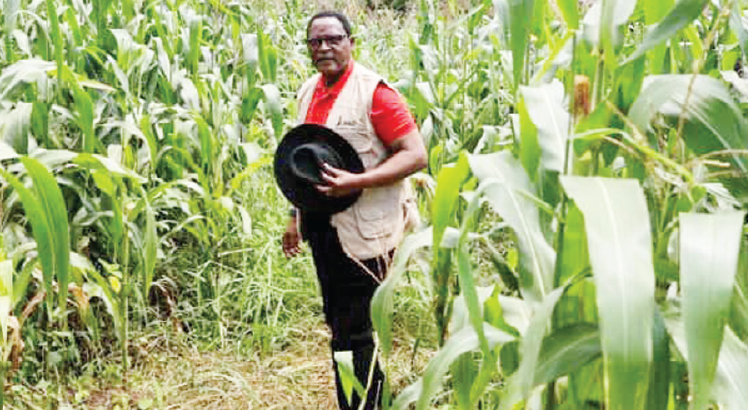Like Chilembwe, like Nkhata Bay martyrs
At Jean-Philippe’s insistence, we spent a night at Nkhata Bay. We booked ourselves at Chuma ndi Mphepu Chiputiya Weyosi. In the evening, we drove down to the beach. I showed Jean-Philippe the spot near the Jetty, where, on 3rd March 1959, the British massacred innocent and unarmed pro-independence protesters.
Later the same evening, we decided to savour Chikali Beach, some three kilometres South of Nkhata Bay District headquarters. We drove slowly past the Nkhata Bay prison. At the end of the prison compound, I turned right and drove slowly for about 10 metres. I stopped just before the bridge spanning the Kalambwi River and asked Jean-Philippe to look to the south.
“What is the enclosure for? People don’t rear cattle here.”
“Those murdered at the Jetty in 1959 were reportedly buried here.”
“Why were they buried here?”
“Instead, ask if anyone was buried here at all.”
“Yes?”
“You see, for over 50 years, Malawians believed that those murdered in 1959 were buried in mass graves here, near Kakumbi. Their names are even engraved on tombstones inside that enclosure. As children, we wondered why the Malawi Congress Party did not seem to care about the people it called martyrs. We were angry.”
“I can understand,” Jean-Philippe said
“But president Hastings Kamuzu Banda and the Malawi Congress Party must have had better information than the rest of the people because in 2012, president Bingu wa Mutharika wanted to score a political point by exhuming and reburying the remains of the martyrs.”
“Was it necessary to exhume and rebury the dead?”
“I don’t know. But the excavators didn’t find any human remains.”
Jean-Philippe reminded me about John Chilembwe who was also hunted down and killed by the Nyasaland police. Official court records indicate that Chilembwe’s body was identified in the Mulanje court by the police officers who had trailed him for days, shot and killed him.
“You suspect something?”
“In both cases, it is the police officers who took charge of the disposal of the bodies. They must have buried them elsewhere or incinerated them to leave no trace.”
“But in the case of Nkhata Bay, some chiefs and the elderly have testified several times that they witnessed the mass burials right here.”
“Were they also around every night thereafter?”
“I don’t think so.”
“What could have stopped the Nyasaland government from exhuming the bodies at night and disposing them elsewhere?”
“They could even be in British medical laboratories,” I said.
Jean-Philippe laughed. He then suggested that we go ahead to Chikali Beach for a drink and enjoy ourselves. I did not turn back because I did not want to go up and down the rugged Kodozi Mountain Road in the night. Instead, we drove on to Kakumbi, a sprawling, faintly-lit shanty place at the foot of the Kakumbi Mountain. We went straight to Ghetto Kakumbi.
The place was full of white people, young and old, male and female. Some were dancing. Others were talking animatedly. Yet, others were simply seated puffing on their home made cigarettes. A waiter, wearing a Rastafarian wig, a Bob Marley T-shirt and faded jeans, came to take our orders. Jean-Philippe asked for a beer and I called for double Chivas Mikhito on the rocks.
“We also have à la carte KK pancakes,” the waiter offered.
“KK pancakes?” I asked.
“If you want to get high on a shoestring budget, go for KK pancakes.”
“What are the ingredients in your KK pancakes?”Jean-Phillippe asked.




